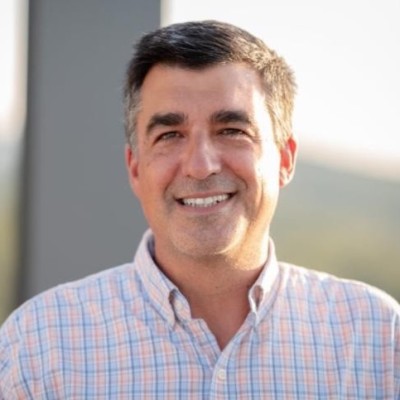- Video Library
- Jeff Pompeo, Caretaker Medical - Wireless Hemodynamic Monitoring Platform | LSI USA '24
Jeff Pompeo, Caretaker Medical - Wireless Hemodynamic Monitoring Platform | LSI USA '24

Jeff Pompeo
Serial entrepreneur, Angel Investor, and Board/Advisor with a proven track record leading, growing and monetizing technology-driven companies across the full life-cycle of inception & funding to product-launch & exit. Twenty-five years of success building world-class organizations and executing "idea-to-implementation" hyper-growth strategies for FDA-regulated MedTechs, University spin-outs, Tech-company turnarounds, IoT businesses, and Disruptive Technology Innovations.
Specialties: Startup Capitalization; University Spin-outs, BizPlan Creation, Product Development, GoToMarket Strategies, Corporate Turnarounds & Restructuring and Intellectual Property Licensing.
Jeff Pompeo
Serial entrepreneur, Angel Investor, and Board/Advisor with a proven track record leading, growing and monetizing technology-driven companies across the full life-cycle of inception & funding to product-launch & exit. Twenty-five years of success building world-class organizations and executing "idea-to-implementation" hyper-growth strategies for FDA-regulated MedTechs, University spin-outs, Tech-company turnarounds, IoT businesses, and Disruptive Technology Innovations.
Specialties: Startup Capitalization; University Spin-outs, BizPlan Creation, Product Development, GoToMarket Strategies, Corporate Turnarounds & Restructuring and Intellectual Property Licensing.

17011 Beach Blvd, Suite 500 Huntington Beach, CA 92647
714-847-3540© 2025 Life Science Intelligence, Inc., All Rights Reserved. | Privacy Policy







